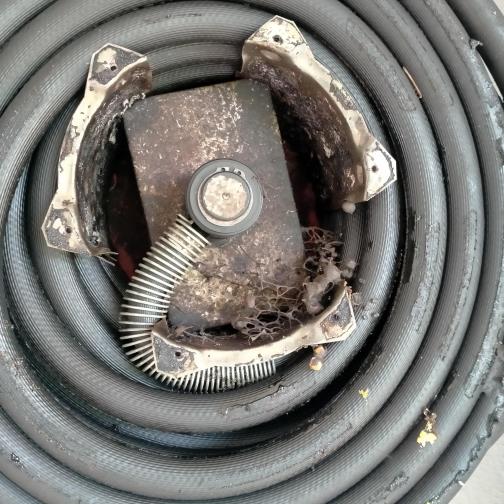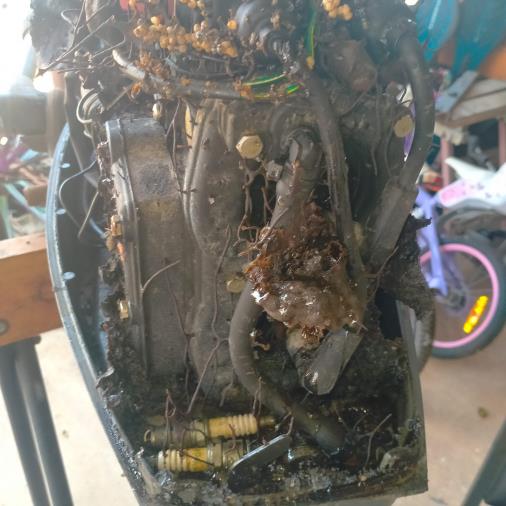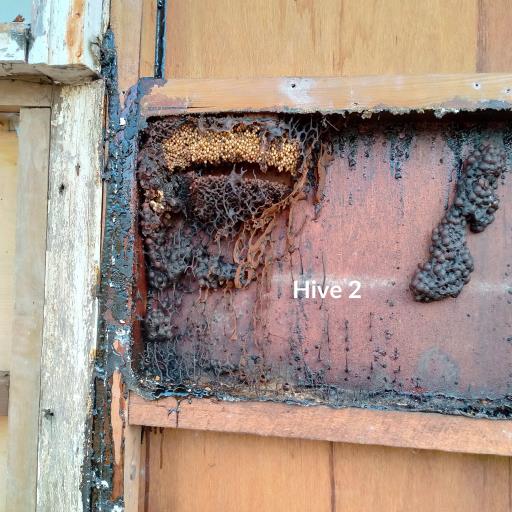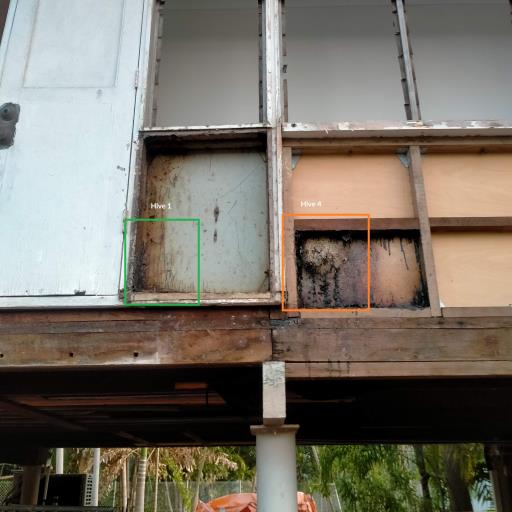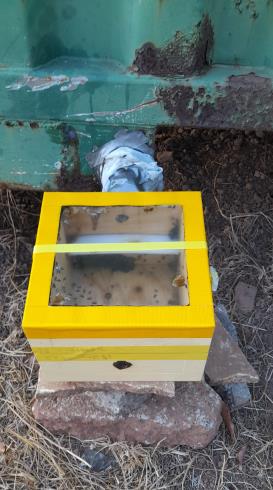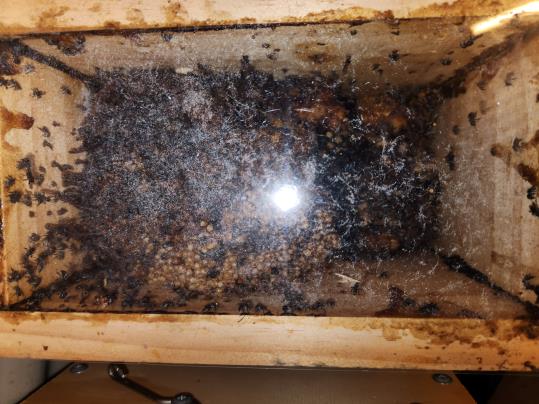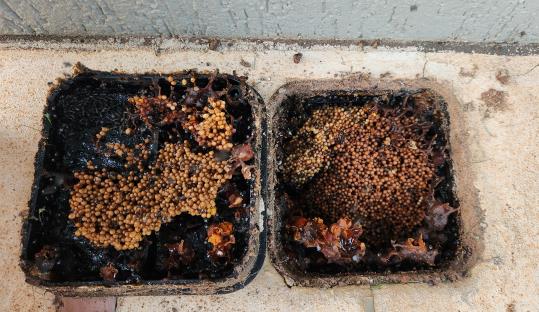We met on Monday 2nd of October for our monthly branch meeting. During the meeting, our members all shared information on the progress of preparing for our first Australian Native Bee Assoc. Inc. – NT branch event in November. Glenn is busy preparing a fold out banner for promotion of the NT branch, David has organised merchandise for the stall, Janelle is arranging to sell copies of the Australian Native Bee Book by Tim Heard and Sherronna is arranging photographs of native bees foraging on local plants. Our volunteer roster is now complete, with nine branch members offering to contribute their time for the event. We are all excited for the event and believe it will be a great way to raise the profile of our branch and engage with the public. If you are in Darwin on Saturday 18th or Sunday 19th of November 2023, please come down to the NT Caladium Festival at the Foskey Pavilion, Darwin Show Grounds in Winnellie and say hello!
During our October meeting, David Sutcliffe brought in a bee vacuum he had made during the month and Glenn brought in an observation hive that he had recently made. Janelle also brought in a shirt that she had embroidered with the ANBA logo on the left chest, and her name and ‘NT branch’ on the right chest. Our members are enjoying sharing and learning from one another.
In the future, we hope to have some bee experts/ guest speakers present at some of our monthly branch meetings – Kate Bamford has kindly offered to assist with arranging this, so if anyone is interested in presenting, or if anyone has any suggestions for interesting content, please email Kate at synergyresins@gmail.com.
Back in June, Tim Heard set up an eduction on a T. mellipes nest at the NT Farmers Association when he visited Darwin to deliver some ANBA Inc. Native Bee workshops. Since then, Wes has been doing weekly visits to inspect the eduction and observe the progress. It took 10 weeks to get the bees to accept and go through the hive, as they were finding other exits and entry points from their original nest. Wes has captured footage for every week of the eduction. The bees have now built two entry tubes and have been storing resin and honey stores within the eduction box.
On 9 October, Janelle rescued a T. mellipes colony from a termite pump up pit in Howard Springs. She was called out that evening and mobilised straight away. It was a mature hive with the residents advising it moved in a couple of years ago – it is Janelle’s suggestion that the bees may have moved in around the same time as it was the largest established colony that she had seen in a ter-mite refill box. All available space within the cavity had been utilised by the bees and as a consequence, when she removed the lid – half of the colony and stores came off with it.
Janelle decided at that point to split it into two hive box-es – one being twice the size of the other as she didn’t want to disturb them more than necessary. Bees from both boxes were flying the next morning. On the second day, one colony closed off their entrance for one day and re-emerged the following day. Upon inspection of both colonies 5 days post removal – they were both very active and busily re-arranging themselves in their new boxes. The hives have been set up as observation hives with a clear cover beneath the hive lid to avoid disturbing them any more than necessary.
October has also been a busy month for Glenn, who has completed rescues in three sites including a house demo-lition in Parap, a 25HP Outboard Motor and a Fire Hose Reel located at one of our local Primary Schools.
The demolition rescue was at a house built in 1974, post Cyclone Tracy, the builders identified four nests and the owner luckily recognised them as Native Stingless bees (T. mellipes). Fortunately for Glenn, the builders left an elevated work platform on site that allowed for fast ac-cess and easy removal of the colonies straight into waiting OATH hives.
Glenn was called out to complete the Outboard Motor rescue as the owner was desperate to go fishing and wanted to offer his little residents a more suitable resi-dence. This was quite a fiddly and complex job due to the need to work around the cables and motor parts. After the main colony was transferred, Glenn used the bee vacuum for the remaining bees and used peppermint oil to deter the foraging bees away from the boat motor. The rescue hive was left overnight so all remaining bees could find their way to their new home.
local primary school reached out to David Shea, who has previously completed rescues from their Fire Hose Reels. Once again, some T. mellipes stingless bees decided it would be a good home. Glenn liaised with the school and arranged a suitable time to assist with the removal. This one was a large workload due to having to unreel 30 m of fire hose to get to a very small hive around the hose spring section, taking 4 hours in total.
From Sherronna Nowland.
